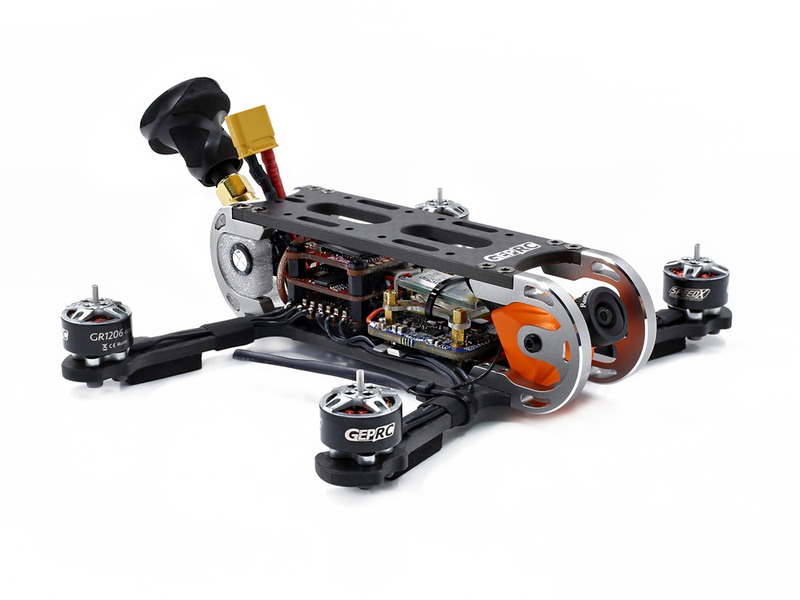What do FPV pilots see?

FPV (First Person View) pilots see the world from a unique perspective. By using a camera mounted on their aircraft, they are able to see what their aircraft sees in real time. This allows them to fly through tight spaces, perform stunts, and explore places that would otherwise be inaccessible.
The most common way for an FPV pilot to see is through a pair of video goggles. These goggles contain a small LCD screen that displays the video feed from the camera mounted on the aircraft. The video feed is usually transmitted wirelessly from the aircraft to the goggles, allowing the pilot to see what the aircraft sees without having to be physically connected to it.
In addition to the video feed, FPV pilots also have access to telemetry data. This data includes information such as altitude, airspeed, and battery level. This data is usually displayed on the goggles or on a separate display, allowing the pilot to keep track of their aircraft’s performance.
FPV pilots also have access to a variety of other sensors, such as GPS and barometers. These sensors allow the pilot to track their aircraft’s location and altitude, as well as the weather conditions in the area. This data can be used to plan flights, as well as to avoid dangerous weather conditions.
Finally, FPV pilots can also use a variety of cameras to capture the view from their aircraft. This allows them to take stunning aerial photos and videos, which can be shared with friends and family.
In short, FPV pilots see the world from a unique perspective. By using video goggles, telemetry data, and other sensors, they are able to explore places that would otherwise be inaccessible. They can also capture stunning aerial photos and videos to share with friends and family.
Comments / Question
2. Do not fly in areas with no clear line of sight.
3. Check to make sure the drone is in an appropriate working order before flying, including all batteries, motors and propellers.
4. Fly at safe distances, and height above the ground, avoiding restricted zones.
5. Always keep yourself or a spotter watch on the drone, to prevent any accidents.
6. Follow any relevant and applicable airspace regulations, including local, state and national regulations.
7. Wear appropriate eye protection, like goggles, and be aware of the surroundings.
8. Familiarize yourself with the controls and the equipment before flying.
9. Avoid flying in bad weather, especially on days with high wind speeds.
10. Connect the FPV camera and goggles securely to ensure images are not distorted or interfered with.

